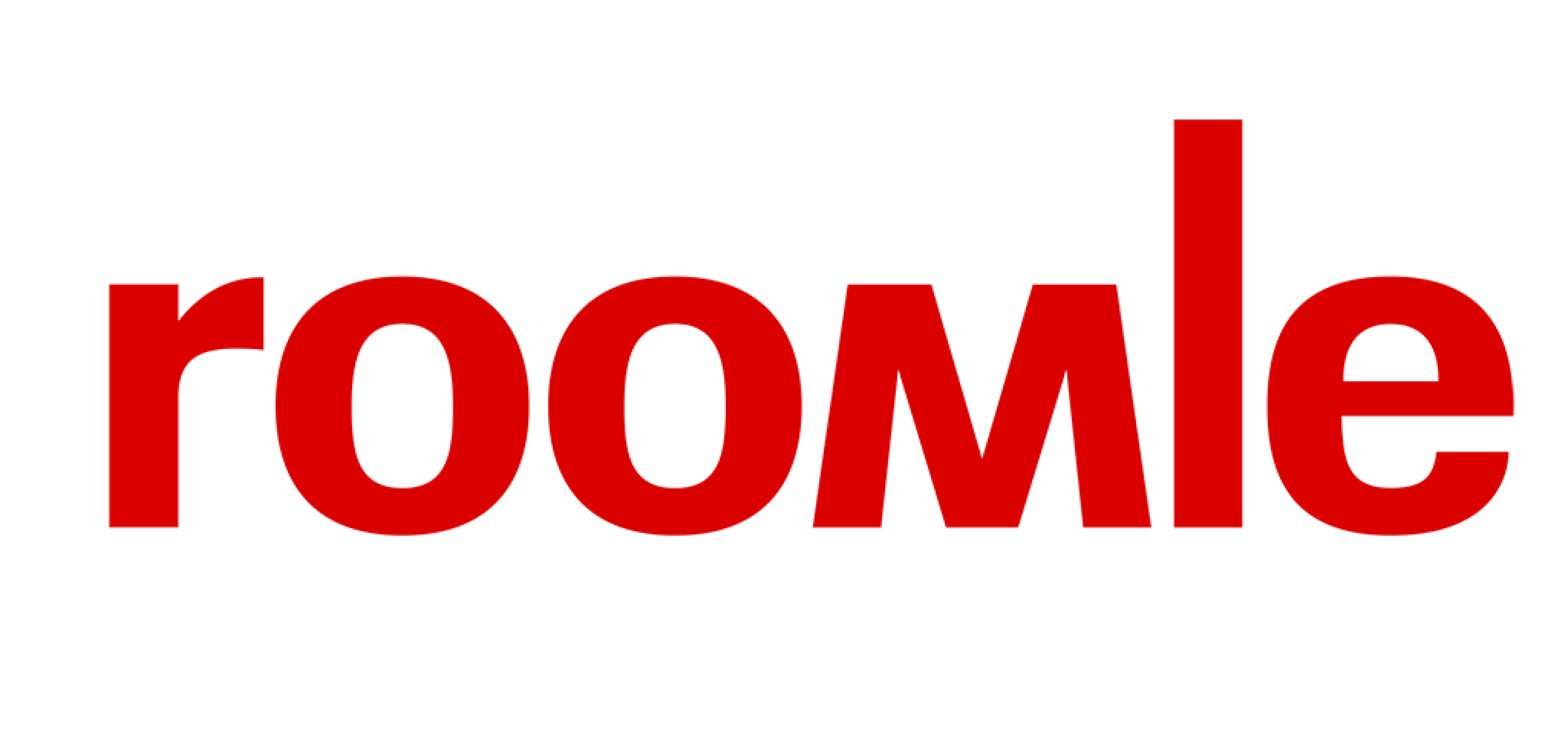# Create your first app
After we read the getting started stuff and got an idea how we want our app to be (see: plan your app), we can start implementing it. In this tutorial we use tools like npm etc but everything else could work as well (see Prerquisites).
# Examples
We provide a Code Sandbox (opens new window) for all our examples so you can have a look on the entire project setup. Furthermore we use Vue (opens new window) in conjunction with Vue CLI (opens new window) to develop the UI.
# Installing the SDK
To install the SDK we use npm (but also yarn or another package manager which uses the npm logic is possible).
npm i @roomle/web-sdk --save
You can pin the dependency to a specific version. We always recommend to use a specific version (for details see: section about version).
# Creating an index.html
Next we need some index.html. Vue CLI will create this one for you. Of course you can use the Roomle Web SDK also on some sub page or inside a SPA (opens new window).
It's important to set the Roomle asset path before everything else loads (more see asset path). In our example we do this inside index.html.
<script>
window.__RML__ENV__ = {
assetPath: 'dist/roomle/',
};
</script>
The next thing we need is a place where we want to put the canvas on which Three.js operates. In our case we just add a div container with a specific css class. The styling, sizing of the div is done by CSS.
# Usage in TypeScript (JavaScript)
Since we author the SDK in TypeScript we also want to use TypeScript in this guide. We hope you can see the benefits quickly. We think that exploring a SDK is much easier with code completion and intellisense. Therefore IDEs like VSCode, Webstorm, Atom etc are a great help. So let's get started. To load a configuration we need to add the following code to the setup method of our Vue component. Most of the code is framework independent. Only the way we hand over the DOM element could be different.
setup({ objectId }) {
const scene = ref(null);
let rubensConfiguratorApi = null;
let rubensConfigurator = null;
onMounted(async () => {
RoomleSdk.setGlobalInitData({
customApiUrl: "https://api.roomle.com/v2",
});
rubensConfigurator = await RoomleSdk.getConfigurator();
rubensConfigurator.boot();
rubensConfiguratorApi = await rubensConfigurator.getApi();
await rubensConfiguratorApi.init(scene.value);
const initialId = objectId || "usm:frame";
await rubensConfiguratorApi.loadConfigurableItemById(initialId);
});
return { scene };
}
To see the full example please visit the Code Sandbox here: https://codesandbox.io/s/roomlewebsdkconfiguratorstep01-u6sox?file=/src/components/Scene.vue (opens new window)
# Tweaking the default scene
Since we are loading a shelf we can improve the light situation slightly. To make it easy we provided light settings which fit for special furniture types, for example sofa or shelf (more details see lights or our our reference), to use one of these just use the following code (this is a continuation of the previous example. It's enough to pass the correct settings to setGlobalInitData, therefore we change the code slightly):
RoomleSdk.setGlobalInitData({
customApiUrl: 'https://api.roomle.com/v2',
ls: 'shelf',
});
There are several more options to tweak but we won't go into detail here. Therefor see our reference.
